If you're ready to explore the world of AI, you're in the right place. ClaudeAI, developed by Anthropic, not only offers you the ability to generate text but also to analyze imagesand develop complex ideas. In this guide, you will learn step by step how to rock your first prompt with Claude AI!
Main Insights
Claude AI is a powerful AI that can both generate text and analyze images. It uses advanced techniques to understand the meaning of content and provide you with helpful answers. By utilizing this technology, you can communicate more efficiently and develop creative solutions.
Step-by-Step Guide
Step 1: What is Claude AI?
Before you get started, it's important to understand what Claude AI really is. This AI is a product of Anthropic and utilizes advanced models for a variety of tasks. Compared to other AI tools, Claude AI is not only capable of providing simple answers; it can recognize deeper connections and respond to complex inquiries.
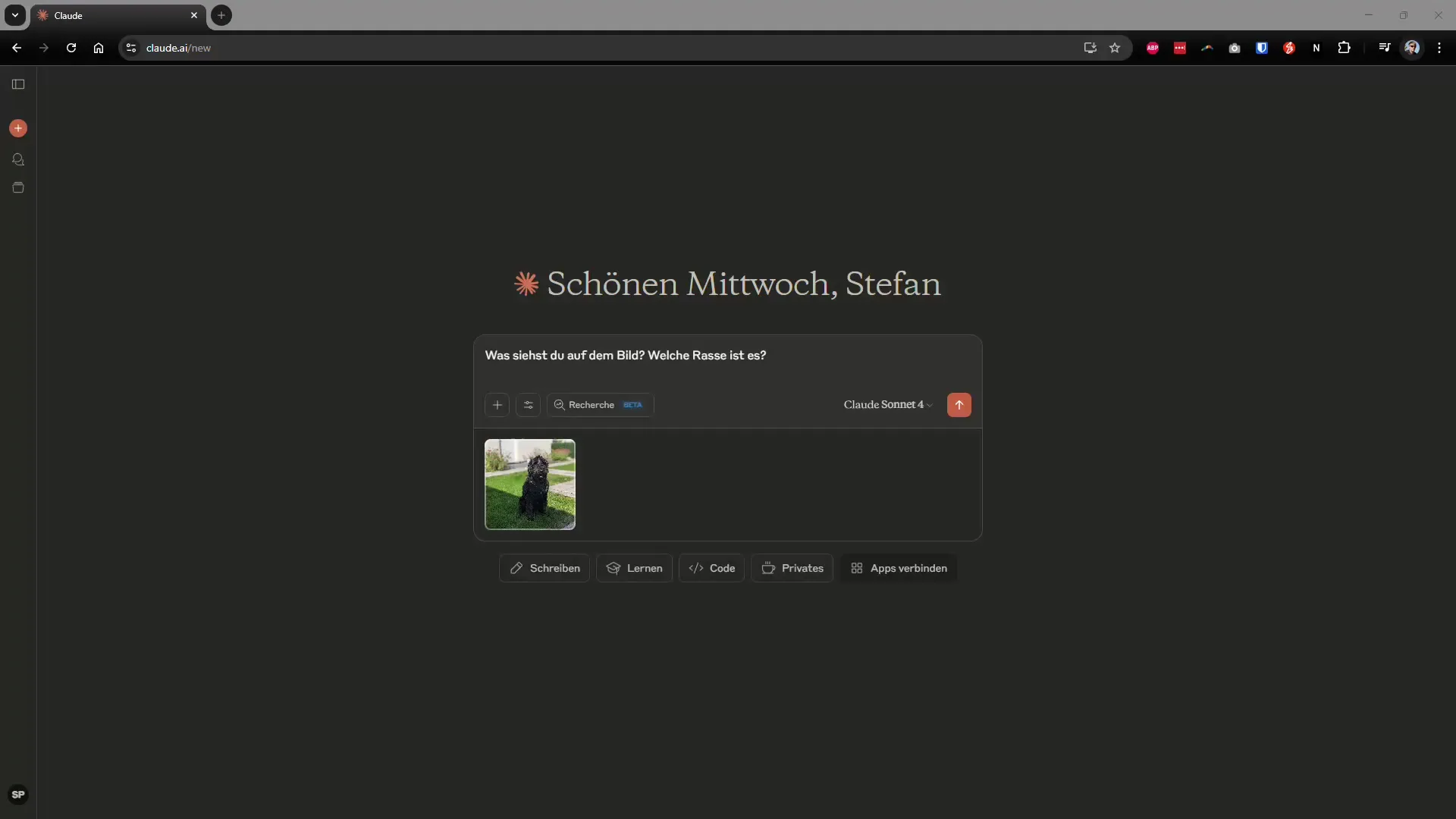
Step 2: Analyzing Images
One exciting feature of Claude AI is image analysis. Upload an image and let the AI recognize the content. For example, Claude AI not only recognizes that an image is of a dog, but it can also describe the breed and the environment. This opens many doors for creative applications.
Step 3: Creating Your First Prompt
Now it's getting serious! You want to create a prompt to direct the AI on the topic of your choice. Think about what kind of information you need. For example, you could present a business idea and ask the AI for its assessment.
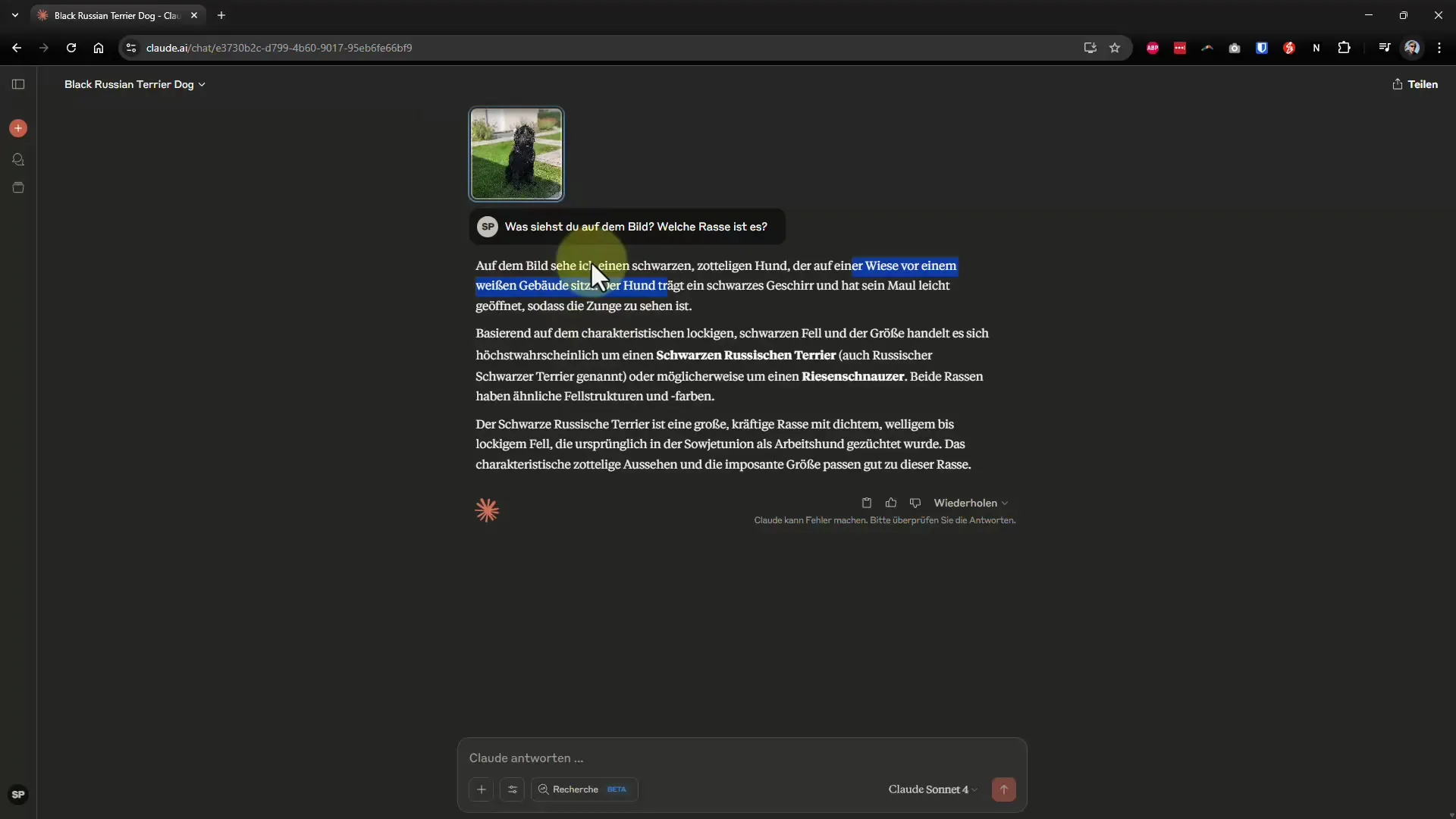
Step 4: Interacting and Providing Feedback
Once you have entered your prompt, Claude AI generates a response in real-time. You will notice that the AI is often not satisfied with the first answer. It frequently asks for more information or clarifications to refine the response. Take this opportunity to further develop your ideas and optimize the AI's response.
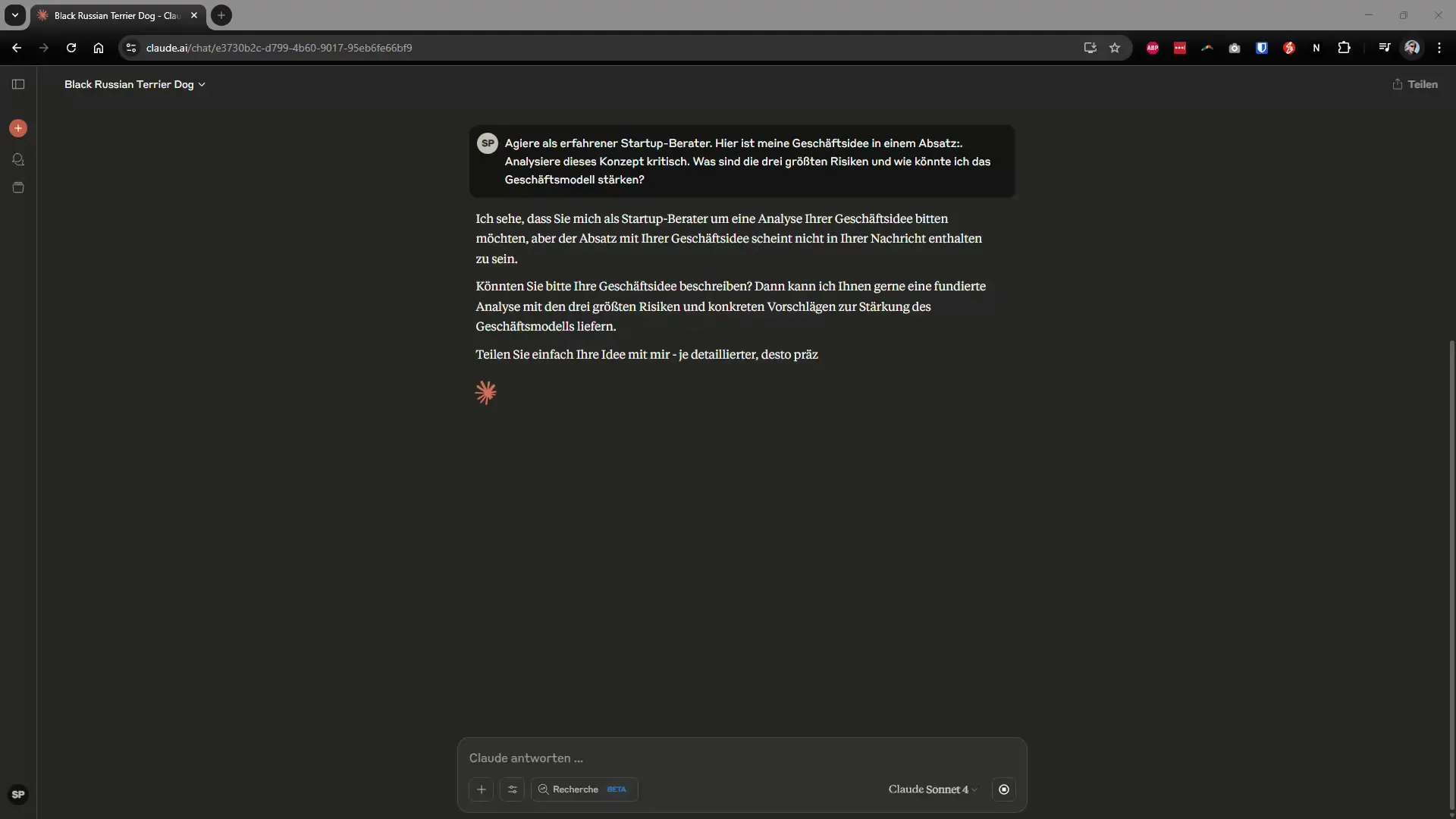
Step 5: Adjusting the Prompt
If the response does not meet your expectations, don't hesitate to refine the prompt. For example, you could elaborate on the target audience or the specific context of your request. The more precise your input, the better the AI’s output will be.
Step 6: The Benefits of Claude AI
Claude AI offers numerous advantages, including the ability to adapt to various contexts and requirements. It facilitates the implementation of complex ideas and provides an intelligentdialogue that helps you develop some of your ideas further.
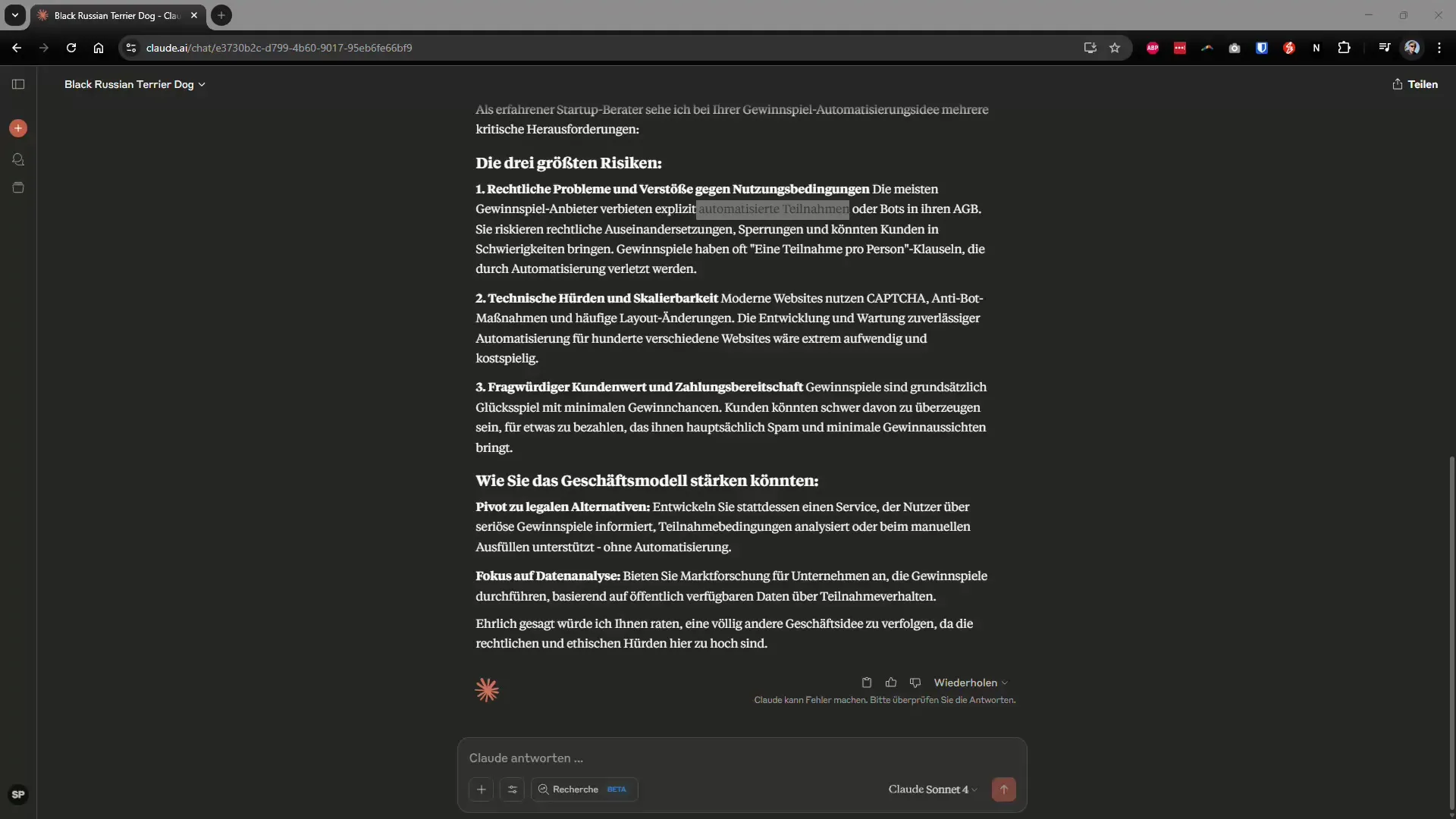
Step 7: Discovering Areas of Application
This AI is a versatile tool. You can use it not only for text and images but also in businesses to find solutions to problems, conduct strategic analyses, and foster creative processes.
Step 8: Choosing the Model
Claude AI offers different models for specific requirements. You can choose the model that best fits your project. Whether for quick answers or in-depth analyses, there is sure to be a variant that meets your needs.
Step 9: Registration and Use
To startwith Claude AI, you can simply register with a Gmail address or use an alternative email address. Getting started is straightforward, and many of the features are free. However, if you want more options, you can upgrade to the Pro version.

Step 10: In Conclusion – Exploring Possibilities
Now that you know the basics, you can harness the full potential of Claude AI. Experiment with different prompts, analyze images, develop business strategies, and use the AI as a creative partner. The more you try, the faster you will discover the diverse applications available.
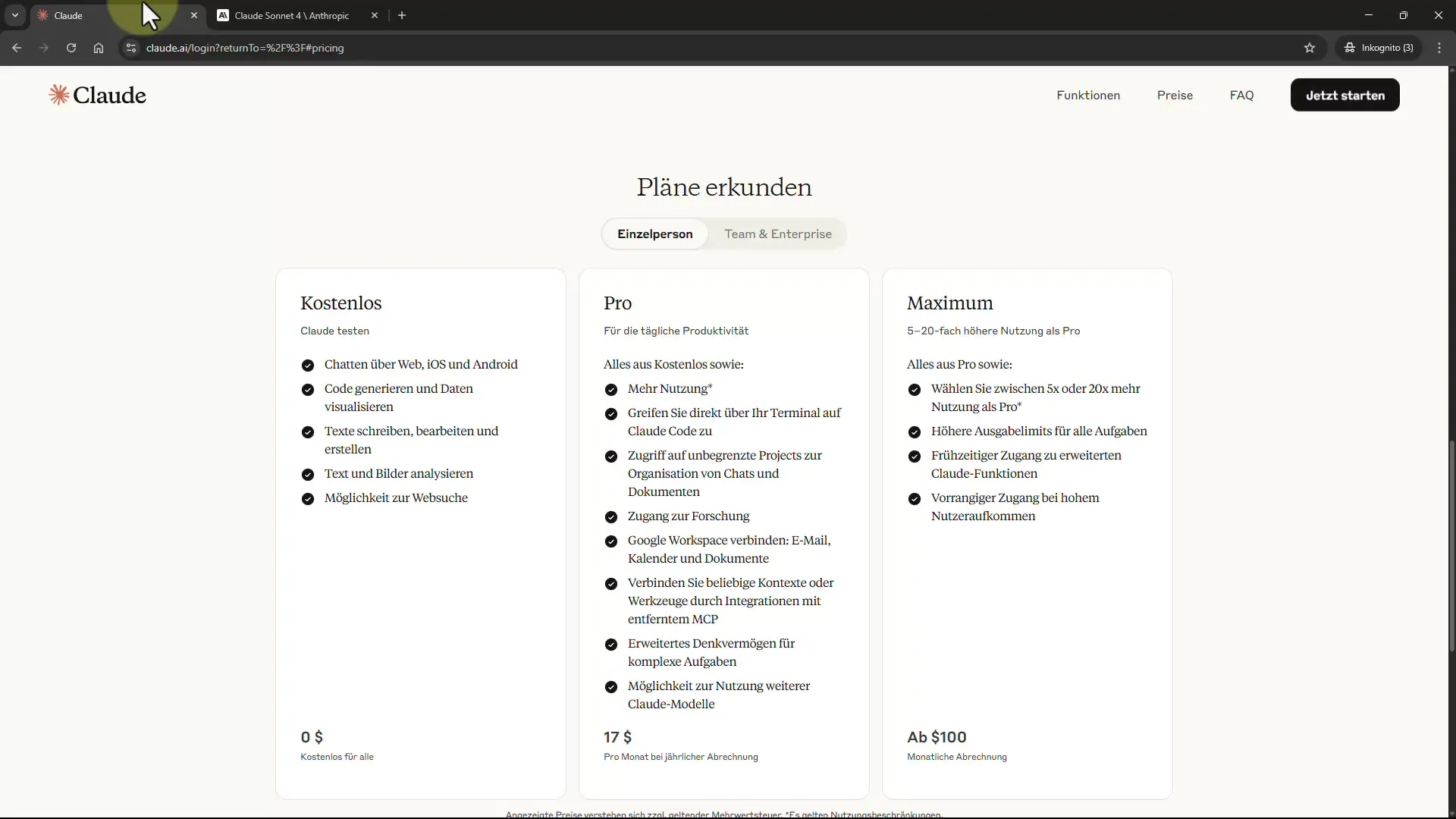
Summary – Discover Claude AI: Your Entry into Intelligent Text and Image Recognition
Claude AI opens new doors in interacting with AI, whether through analyzing images or creating high-quality text content. With this guide, you are well-equipped to effectively use the tools of Claude AI and realize your creative ideas.

